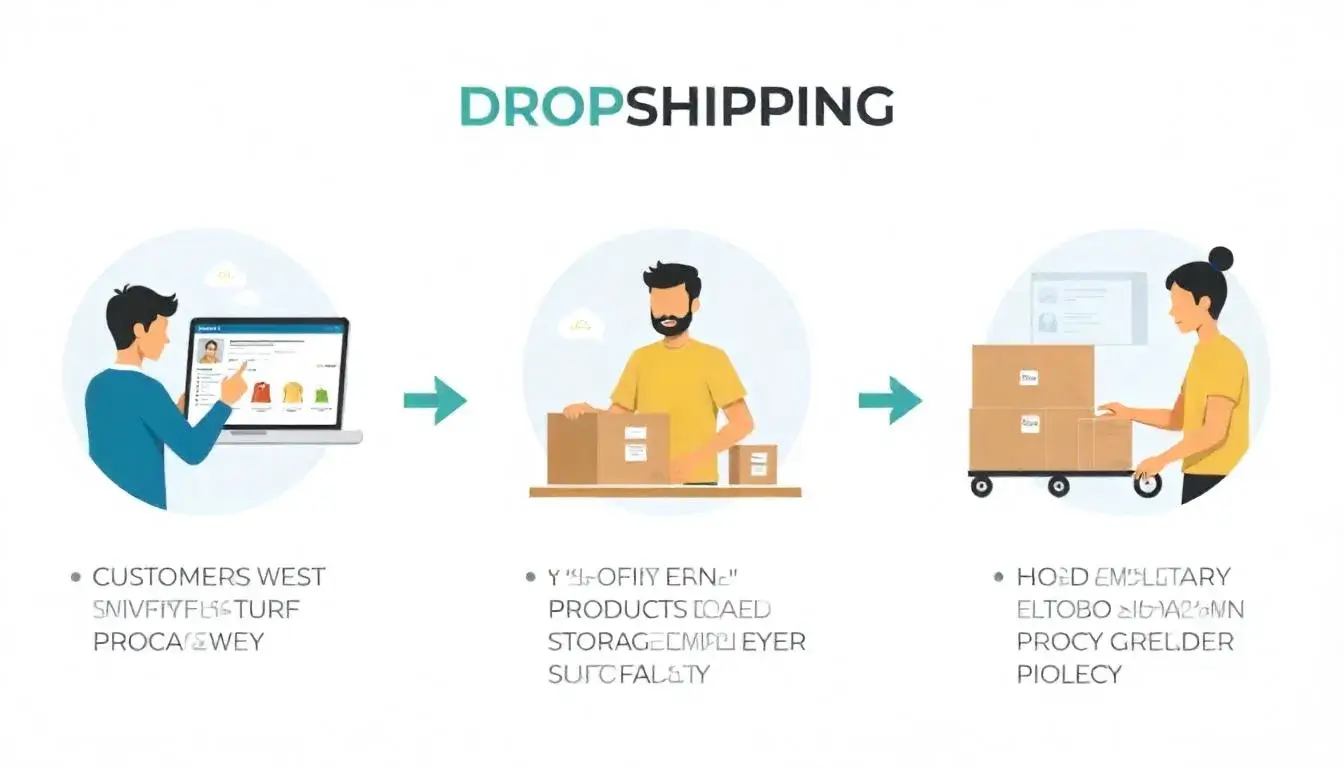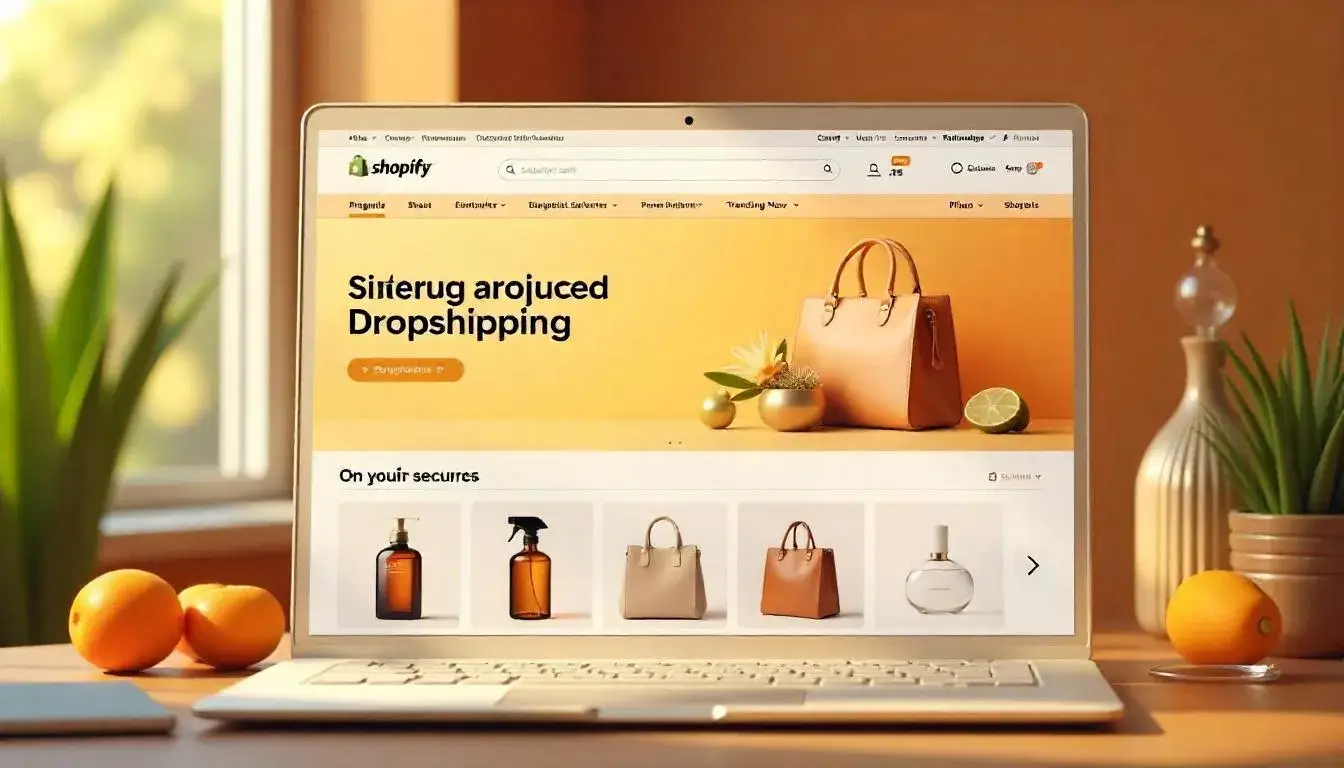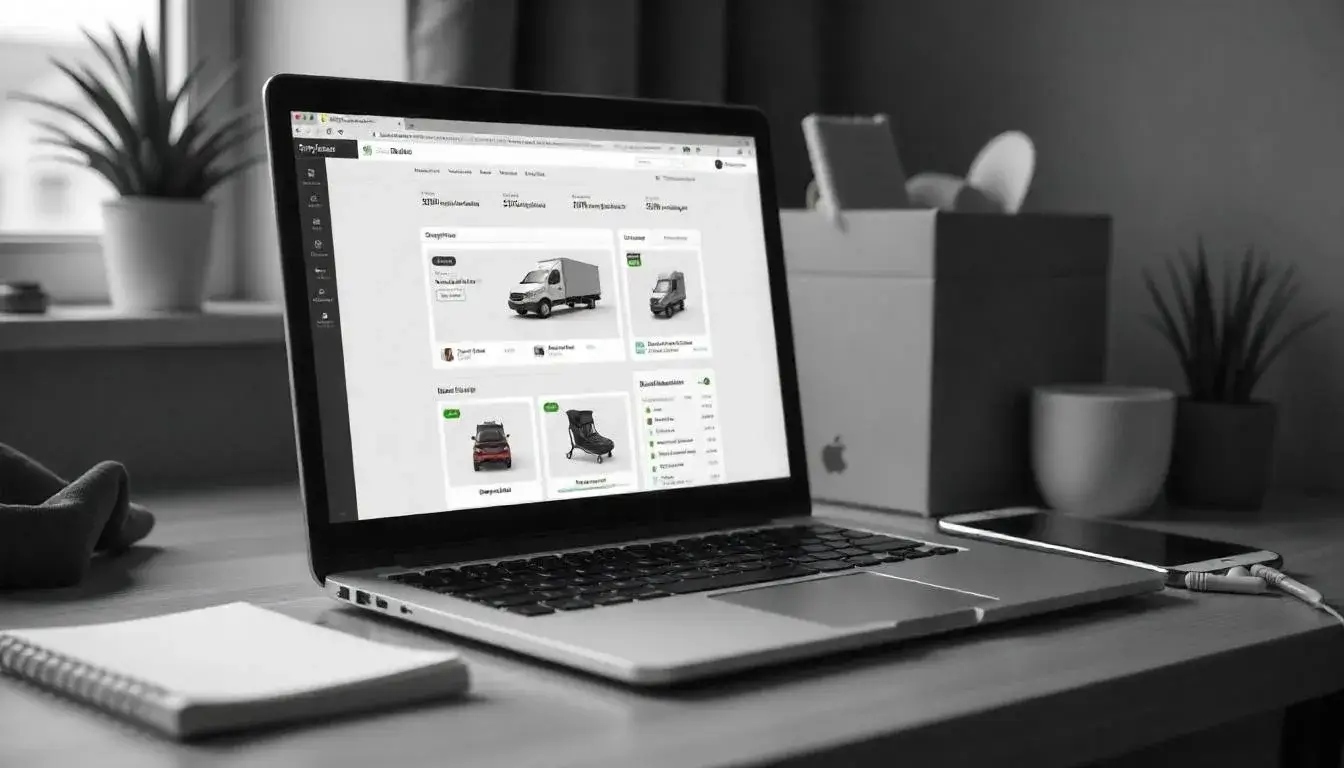Are you considering launching a dropshipping business and wondering if Shopify is the right platform? This comprehensive guide explores whether Shopify is worth it for dropshipping by examining its features, costs, pros, cons, SEO potential, and real-world success stories.
We address user intent by providing actionable insights, practical steps, and expert tips to help you make an informed decision about using Shopify for your dropshipping venture.
Understanding Shopify and Dropshipping

What Is Shopify?
Shopify is a leading hosted ecommerce platform that enables entrepreneurs to create, customize, and manage online stores without coding knowledge. It offers a range of tools for product management, payments, marketing, and fulfillment, making it a popular choice for new and experienced business owners alike.
What Is Dropshipping?
Dropshipping is an ecommerce business model where you sell products through your online store, but a third-party supplier manages inventory and shipping. You never handle the products directly; instead, when a customer orders, the supplier ships the item on your behalf.
Why Consider Shopify for Dropshipping?
Key Advantages of Shopify for Dropshipping
- Ease of Use: Shopify’s intuitive dashboard and drag-and-drop editor make store setup and management accessible to beginners.
- Low Startup Costs: No need to invest in inventory or warehousing; you only pay for products when you make a sale.
- Customizable Storefronts: Choose from a variety of high-converting templates and apps to create a unique brand experience.
- Scalability: Shopify supports businesses of all sizes, from solo entrepreneurs to global brands.
- Integrated Dropshipping Apps: Shopify’s app store features powerful dropshipping integrations like Oberlo, Spocket, and Print on Demand services.
- 24/7 Customer Support: Access to round-the-clock support via chat, email, or phone.
- Global Reach: Sell to customers worldwide with multi-currency and multi-language support.
The Real Costs of Shopify Dropshipping
Shopify Subscription Plans
- Basic Plan: $39/month
- Shopify Plan: $105/month
- Advanced Plan: $399/month
- Domain Registration: $10–$20/year
Dropshipping App Costs
- Apps like Oberlo/Spocket: Free–$49/month
- Optional Apps & Tools: $10–$100+/month
Transaction Fees
- Shopify Payments: 2.9% + 30¢ per sale (may be higher if not using Shopify Payments)
Product & Shipping Costs
- Supplier Payments: Typically $5–$20 per order
- Shipping Fees: Vary by supplier and destination
Marketing & Advertising
- Essential for Traffic: $100–$1,000+/month depending on strategy
Estimated Monthly Budget
| Expense | Low Estimate | High Estimate |
|---|---|---|
| Shopify Plan | $39 | $399 |
| Domain | $1.67 | $1.67 |
| Dropshipping App | $0 | $49 |
| Marketing | $100 | $1,000+ |
| Optional Apps | $10 | $100+ |
| Total | $150+ | $1,500+ |
Shopify Dropshipping: Pros and Cons

Pros of Shopify Dropshipping
- No Inventory Management: Focus on marketing and sales, not warehousing.
- Customizable Branding: Build a unique storefront and brand identity.
- Easy Store Setup: Launch your store quickly with minimal technical skills.
- App Ecosystem: Access tools for SEO, marketing, analytics, and automation.
- Scalable: Grow from a side hustle to a large business with Shopify’s infrastructure.
- Automated Fulfillment: Many apps automate order processing, inventory tracking, and shipping.
- Global Dropshipping: Sell internationally with ease.
Cons of Shopify Dropshipping
- No Built-In Organic Traffic: Unlike marketplaces, you must drive your own traffic through SEO, ads, or social media.
- Transaction Fees: Additional costs per sale, especially if not using Shopify Payments.
- Dependency on Suppliers: Quality, shipping speed, and stock depend on third-party suppliers.
- Intense Competition: Low barrier to entry means many competitors in popular niches.
- Ongoing Marketing Costs: Paid ads and influencer marketing are often necessary to generate sales.
Shopify Dropshipping Success Stories
The Ecom King: From Zero to Six Figures
Kamil Sattar, known as The Ecom King, started with setbacks but eventually built multiple six-figure Shopify dropshipping businesses by mastering product research and marketing strategies. His ventures now generate over $5 million annually.
Tom Sagi: $0 to $60,000
Tom Sagi launched a Shopify store, tested products, and scaled with Facebook and Google ads. At peak, his store made $7,000 per day, showing the potential of Shopify dropshipping when paired with smart marketing and product selection.
Key Takeaways from Success Stories
- Persistence and Learning: Early failures are common; success comes from testing, learning, and optimizing.
- Product Research: Winning products are crucial—test multiple items to find bestsellers.
- Marketing: Paid ads and influencer partnerships drive traffic and sales.
- Automation Tools: Apps like AutoDS streamline store management and fulfillment.
Step-by-Step: How to Start Dropshipping on Shopify
Step 1: Choose a Profitable Niche
- Research trending products and underserved markets.
- Use keyword research tools to identify demand and competition.
Step 2: Find Reliable Dropshipping Suppliers
- Use Shopify apps like Oberlo, Spocket, or Print on Demand partners.
- Evaluate suppliers for product quality, shipping times, and customer service.
Step 3: Set Up Your Shopify Store
- Select a plan and register your domain.
- Customize your storefront using Shopify’s themes and drag-and-drop editor.
- Install essential apps for dropshipping, SEO, and marketing.
Step 4: Add Products and Optimize Listings
- Import products from your chosen suppliers.
- Write compelling, keyword-rich product descriptions.
- Use high-quality images and set competitive pricing.
Step 5: Configure Payments and Shipping
- Set up Shopify Payments or your preferred payment gateway.
- Define shipping rates and policies.
Step 6: Launch and Market Your Store
- Create a marketing plan: run paid ads, leverage social media, and use influencer partnerships.
- Start a blog to drive organic traffic with SEO-optimized content.
- Collect and analyze data to optimize campaigns and product offerings.
Shopify SEO for Dropshipping Stores
Why SEO Matters
Shopify stores don’t have built-in organic traffic, so SEO is crucial for attracting customers without relying solely on paid ads.
SEO Best Practices for Shopify Dropshipping
- Keyword Research: Target commercial and long-tail keywords relevant to your products and audience.
- Optimize Metadata: Write clear, actionable meta titles and descriptions with primary keywords.
- Content Marketing: Use Shopify’s blog feature to publish informative articles that answer user intent and attract backlinks.
- Structured Data: Implement product schema for better visibility in search results.
- Internal Linking: Link between related products and blog posts to boost SEO.
- Image Optimization: Use descriptive file names and alt text for all images.
Marketing Strategies for Shopify Dropshipping
Paid Advertising
- Facebook & Instagram Ads: Target specific audiences with engaging creatives.
- Google Ads: Capture high-intent shoppers searching for your products.
- Influencer Marketing: Partner with influencers for authentic promotion.
Organic Marketing
- SEO Blogging: Publish keyword-rich blog posts to attract organic traffic.
- Social Media: Build a community on platforms like Instagram, TikTok, and Pinterest.
- Email Marketing: Nurture leads and drive repeat sales with automated email sequences.
Conversion Optimization
- A/B Testing: Experiment with product pages, pricing, and ads to maximize conversions.
- Upsells & Cross-sells: Use apps to suggest related products and increase average order value.
- Customer Reviews: Display social proof to build trust and credibility.
Common Challenges and How to Overcome Them
Finding Winning Products
- Use data-driven research and test multiple products before scaling.
Driving Traffic
- Combine paid ads with SEO and content marketing for a balanced approach.
Managing Supplier Relationships
- Vet suppliers carefully and maintain open communication to ensure quality and reliability.
Handling Customer Service
- Use apps to automate responses and streamline order tracking.
- Set clear expectations for shipping times and returns.
Is Shopify Worth It for Dropshipping? An Honest Verdict
When Shopify Is Worth It
- You want an easy-to-use platform with robust support and scalability.
- You’re willing to invest in marketing to drive traffic.
- You value customization and branding for your store.
- You have the persistence to test, learn, and optimize your business.
When Shopify May Not Be Worth It
- You expect instant, passive income with little effort.
- You’re unwilling to spend on marketing or store improvements.
- You want a marketplace with built-in traffic (consider Amazon or eBay instead).
User Intent Addressed
This article helps you decide if Shopify is the right platform for your dropshipping business by providing a transparent look at costs, features, challenges, and real success stories. If your goal is to build a scalable, branded online business and you’re ready to invest time and resources, Shopify is a strong choice for dropshipping.
Frequently Asked Questions
How much can you earn with Shopify dropshipping?
Most Shopify dropshippers earn between $1,000 and $5,000 per month, but top performers can make over $100,000 annually. Success depends on your niche, marketing, and execution.
What are the main costs of Shopify dropshipping?
Expect to pay for your Shopify plan, domain, dropshipping apps, transaction fees, supplier costs, and marketing. Monthly expenses typically range from $150 to $1,500+.
Do you need coding skills to use Shopify for dropshipping?
No coding is required. Shopify’s drag-and-drop interface and app ecosystem make it accessible to beginners.
Is Shopify good for international dropshipping?
Yes, Shopify supports multi-currency, multi-language, and global shipping, making it ideal for international dropshipping.
Final Thoughts
Shopify is a powerful platform for dropshipping, offering ease of use, scalability, and a robust ecosystem of apps and support. While it requires investment in marketing and ongoing optimization, the potential rewards are significant for those willing to put in the work. If you’re serious about building a successful dropshipping business, Shopify is absolutely worth considering.
Further Reading & Resources
- Shopify Dropshipping Guide – Gelato
- Shopify Dropship Review – AutoDS
- Shopify Dropshipping Costs – LinkedIn
- Shopify Dropshipping Success Stories – AutoDS
- Shopify SEO Guide – Neil Patel
- Dropshipping Keyword Research – Woosa
- Shopify Blog SEO – Shopify


